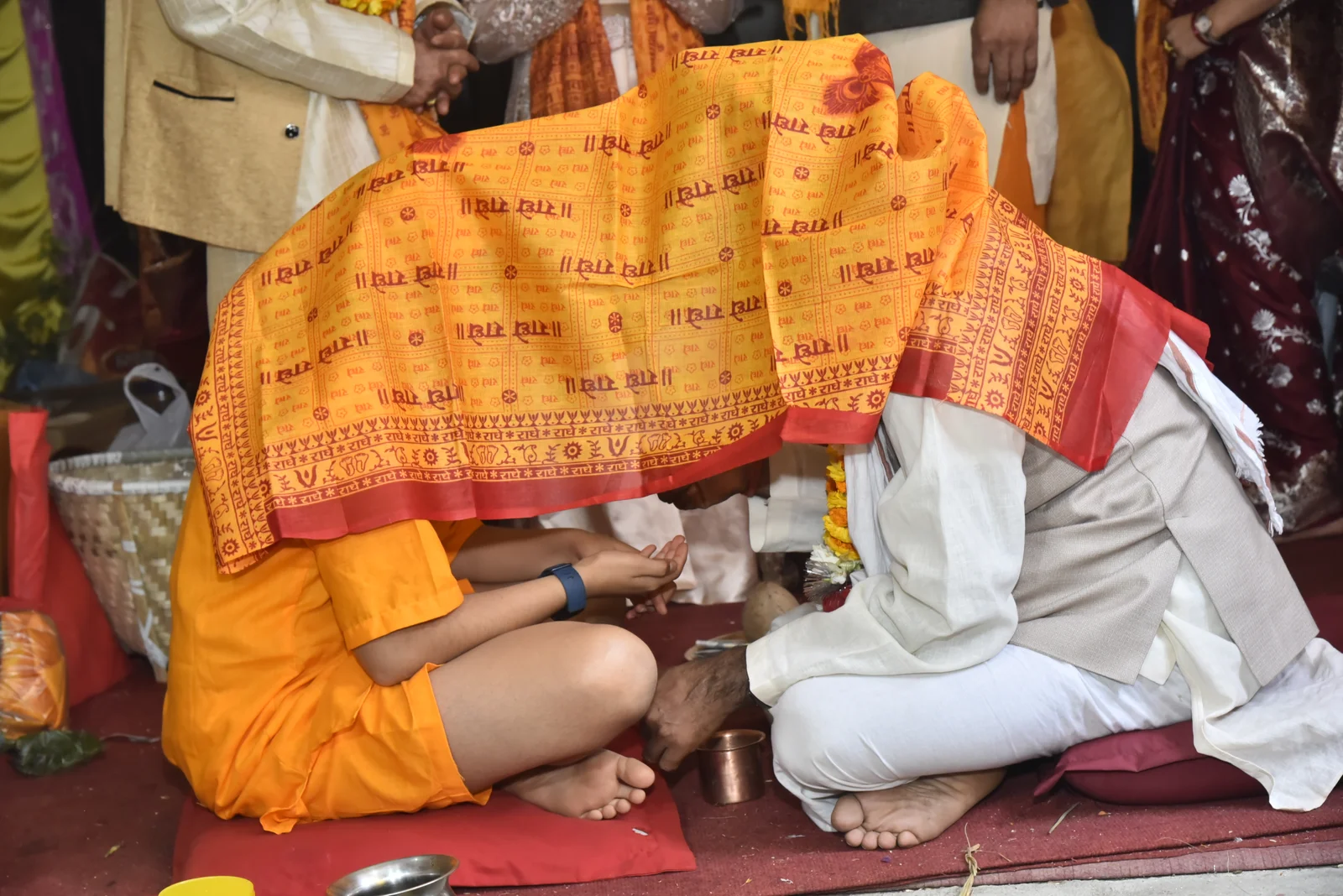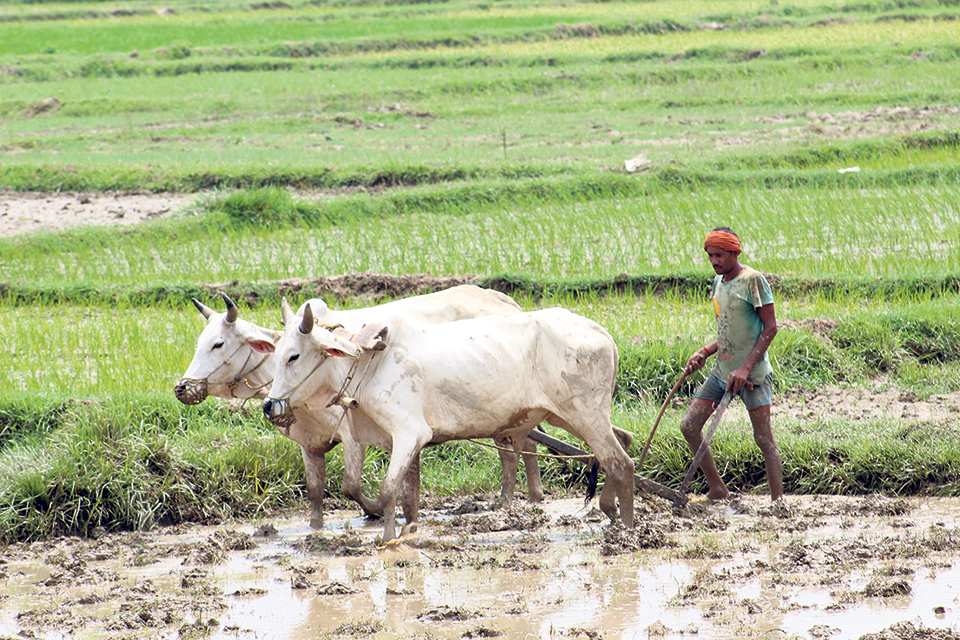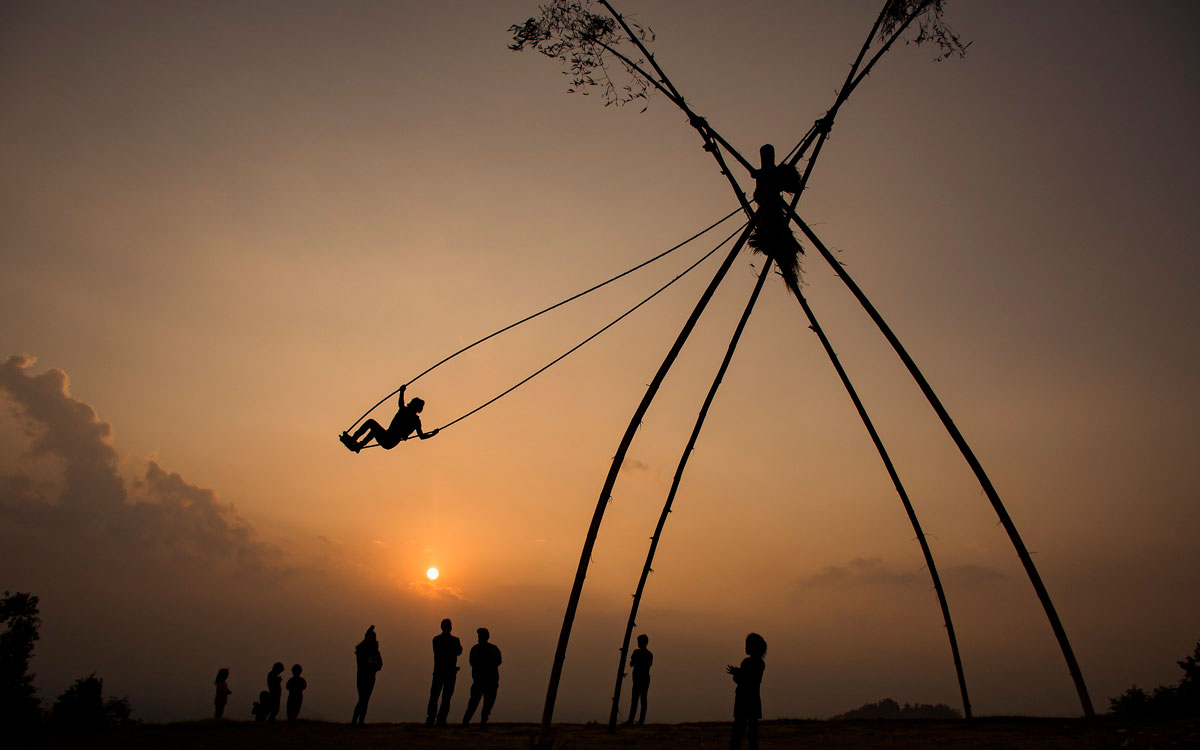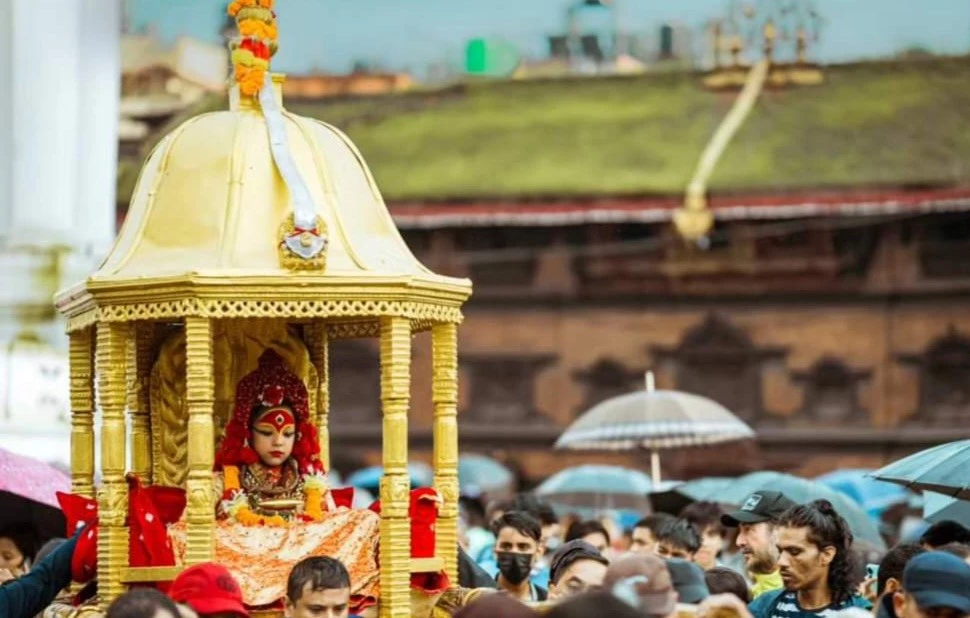Share this Article
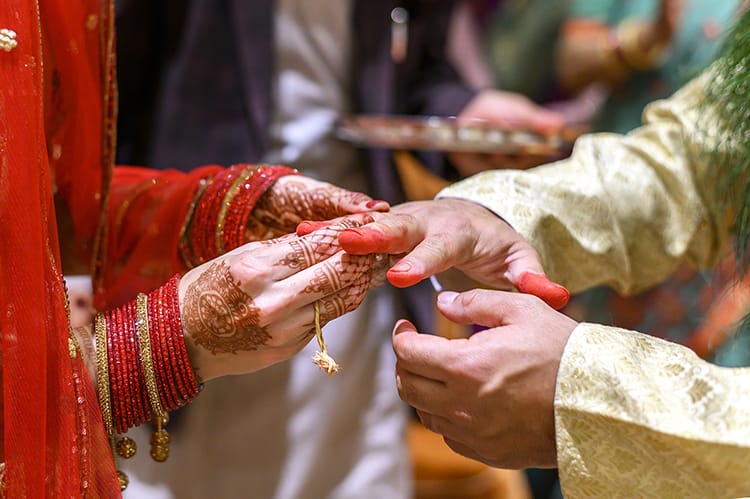
In Nepal, weddings are deeply rooted in cultural traditions, where every ritual, attire, and symbol has profound meaning. One of the most important and striking aspects of a Nepali wedding is color, which plays a significant role in conveying various emotions, blessings, and spiritual meanings. The use of colors in a Nepali wedding is not just an aesthetic choice; it is symbolic and integral to the various rituals that take place throughout the celebration.
From the attire of the bride and groom to the decorations and the ceremonial items, color reflects the cultural beliefs, emotions, and blessings associated with the sacred union of two individuals. In this article, we will explore the significance of different colors in Nepali weddings, their symbolism, and the rituals that incorporate these colors.
1. Red: The Color of Prosperity and Power
In Nepali weddings, red is arguably the most important and dominant color. It symbolizes prosperity, power, and fertility, making it the color of choice for the bride’s attire. The bride traditionally wears a red sari or lehenga, which is often richly embroidered and adorned with gold thread, symbolizing wealth and abundance. The red color is not only auspicious but also signifies the bride’s new beginning as she enters her married life.
Red is also closely tied to the sacredness of marriage in Hindu culture. In many Hindu traditions, the color is associated with the goddess Lakshmi, who represents wealth, happiness, and good fortune. By wearing red, the bride is believed to invite these divine blessings into her married life, ensuring a prosperous and happy future.
2. Gold: Symbol of Divinity and Blessings
Alongside red, gold is another important color that holds deep spiritual and cultural significance in Nepali weddings. The color gold, especially in the form of jewelry and decorations, symbolizes divine blessings, purity, and wealth. Gold is often incorporated in the bridal jewelry and decorations such as the wedding mandap (the ceremonial altar) and the bride’s ornaments, such as necklaces, earrings, and maang tikka (headpiece).
Gold is seen as a color that attracts blessings from the gods and ensures a prosperous life for the newlyweds. It is also a symbol of purity and eternity, representing the couple’s commitment to each other and their union in the eyes of the divine.
3. Green: Sign of New Beginnings and Fertility
In Nepali weddings, green is also an important color, often used to symbolize new beginnings, growth, and fertility. It is the color of nature, and it represents life, rejuvenation, and harmony. For the bride, wearing green accessories or incorporating green into the wedding decor signifies a fresh start in her married life and her fertility, a key aspect of traditional marriage expectations.
Green is also often seen in mehandi (henna) designs, which are intricately drawn on the bride’s hands and feet. These designs symbolize luck, fertility, and joy. The presence of green in the henna signifies the couple’s hopes for a fruitful and harmonious married life.
4. White: Purity and Spirituality
While red and gold dominate the wedding attire, white is also used, albeit more subtly. In some communities, white symbolizes purity, peace, and spirituality. It is seen in the wedding decorations, especially in the form of flower garlands or drapes that adorn the wedding mandap or ceremony area. In some cases, the groom may wear white attire, such as a dhoti or kurta, which signifies purity and his connection to spirituality.
In many cultures, white is also associated with the afterlife, signifying the spiritual nature of the union that transcends material life. It is a color that invokes blessings for peace and harmony within the marriage.
5. Yellow: Symbol of Fertility and Growth
In Nepali culture, yellow is a color associated with happiness, vitality, and spiritual warmth. During pre-wedding rituals such as the Haldi ceremony, yellow plays a central role. In this tradition, the bride and groom are anointed with a paste made of turmeric, which gives off a yellow color. This is believed to purify and cleanse the individuals before the wedding, ensuring that they are spiritually ready for marriage.
Yellow is also associated with Lord Vishnu and Lord Krishna, both of whom are revered in Hindu tradition for their qualities of fertility, compassion, and prosperity. Thus, incorporating yellow in the wedding rituals is thought to bring spiritual blessings and good fortune to the couple.
6. Blue: Calm and Stability
While blue is not as commonly featured as other colors in traditional Nepali weddings, it has begun to emerge as a symbol of calm, stability, and loyalty in modern wedding attire and decorations. Blue is considered a color that brings peace and is said to symbolize a stable and harmonious marriage. Some couples may choose to incorporate shades of blue in their wedding invitations, decorative accents, or groomswear to evoke these qualities.
7. Pink: Love and Romance
In modern Nepali weddings, pink is often used to symbolize love, romance, and affection. While it is not a traditional color, many brides opt for pink accents or wear pink jewelry to represent the emotional bond and affection between the couple. The color pink evokes warmth and tenderness, which are essential to a loving and successful marriage.
Pink is also associated with femininity, and in many ways, it complements the bride’s ensemble, adding softness to the overall bridal attire. It is a reminder of the love and emotional connection that forms the foundation of the marriage.
8. The Significance of Color in Rituals
In addition to the attire and decorations, color plays a crucial role in the wedding rituals themselves. For instance, during the Baraat (the groom's procession), the groom often wears a white or off-white outfit, symbolizing purity and a fresh start. On the other hand, the bride’s attire, as mentioned earlier, is predominantly red, symbolizing her transition into married life.
During the Puja (prayer rituals), colorful offerings, such as flowers, fruits, and clothing, are placed before the gods to seek their blessings. The combination of these colors creates a vibrant atmosphere that is believed to attract divine favor and blessings.
Conclusion
In Nepali weddings, colors are much more than mere visual elements; they carry deep symbolic meaning and play an integral role in the rituals and customs surrounding the marriage. From the fiery red of the bride’s attire, symbolizing passion, prosperity, and fertility, to the calming white and green hues that represent purity and growth, every color has its own significance in the journey of two individuals coming together. Whether through the bride’s red sari, the gold jewelry symbolizing divine blessings, or the turmeric-yellow of the Haldi ceremony, the colors in a Nepali wedding reflect a rich tapestry of cultural beliefs, spiritual significance, and hopes for a prosperous, harmonious, and blessed marriage.
Categories:
Culture & Traditions
Tags:
Significance of Color
,
Color of Prosperity and Power


